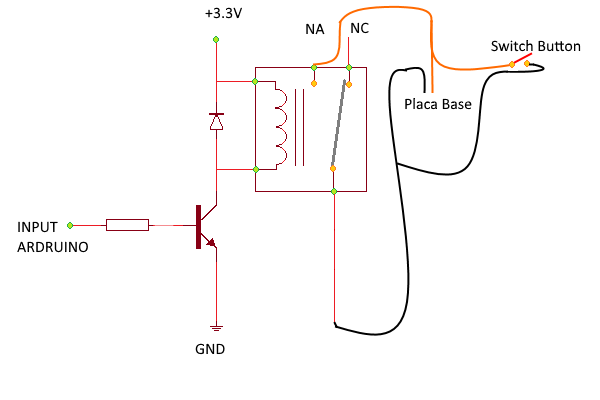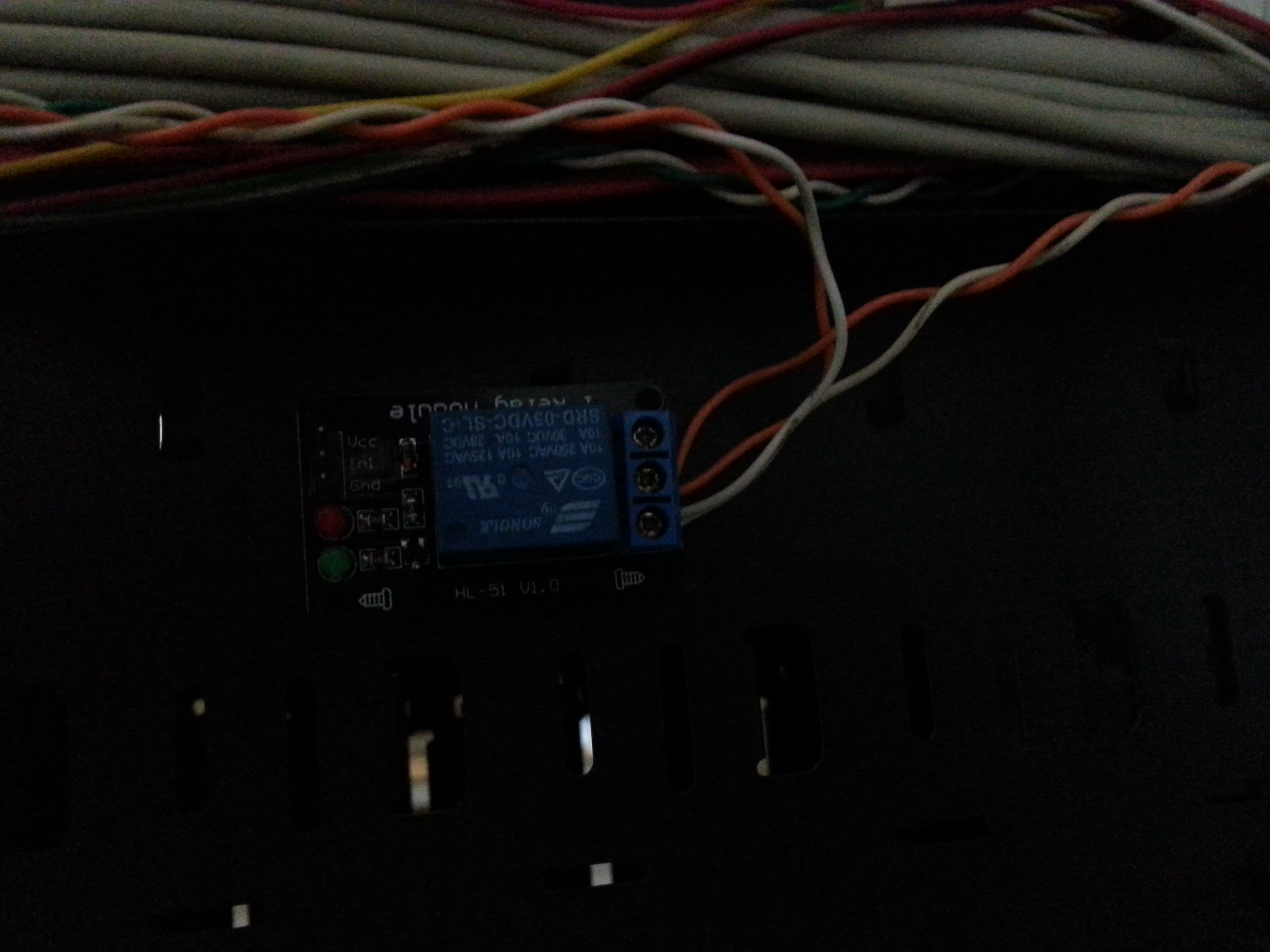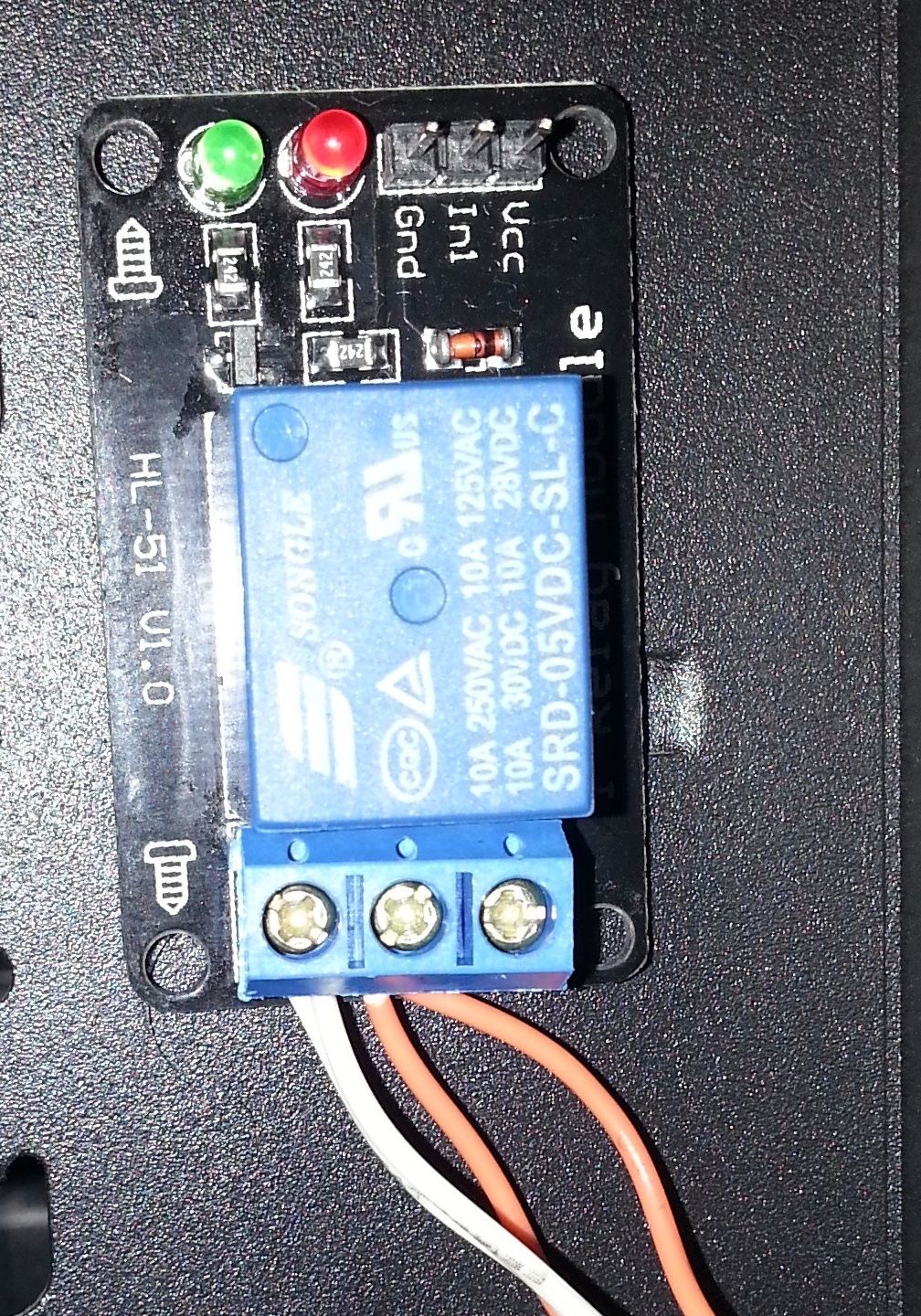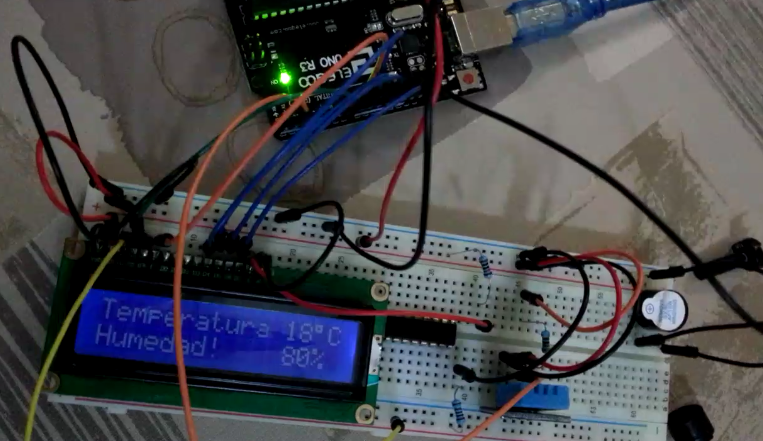A continuación expongo una solución para solventar la problemática de ejecutar múltiples peticiones simultaneas pero pidiendo controlar que cantidad de concurrencias hay,
De esta forma podremos crear un pequeño objecto que permite gestionar la cola automáticamente y con eventos que indica cuando se ha finalizado un proceso o todo el lote de el
type typeFinishJobFunc = {
uuid: number,
status: string,
job: any,
jobPromise: any
}
type typeStartJobFunc = {
uuid: number,
job: any,
jobPromise: any
}
type typeJob = {
task: () => Promise<unknown>
}
class QueueManager {
uuid: number
jobs: typeJob[]
concurrentJobs: number
status: string
executingJobs: any[]
finishedJobs: any[]
errorJobs: any[]
stoppingFunc?: (isAlreadyStopped: boolean) => void
stopedFunc?: () => void
finishedFunc?: () => void
updateFunc?: () => void
startJobFunc?: (object: typeStartJobFunc) => void
finishJobFunc?: (object: typeFinishJobFunc) => void
constructor() {
this.uuid = 0
this.jobs = []
this.concurrentJobs = 8
this.status = 'stopped'
this.executingJobs = []
this.finishedJobs = []
this.errorJobs = []
}
executeJobs(jobs: typeJob[]) {
if (this.status !== 'stopped') return false;
this.uuid = 0
this.status = 'processing'
this.executingJobs = []
this.finishedJobs = []
this.errorJobs = []
this.jobs = jobs
this.update();
for (let i = 0; i < this.concurrentJobs; i++) {
if (this.jobs.length > 0) {
this.startQueue()
}
}
return true;
}
update() {
if (this.updateFunc) {
this.updateFunc()
}
}
startQueue() {
const job = this.jobs.shift()
if (job) {
const uuid = this.uuid
this.uuid++
const jobPromise = job.task()
.then(() => {
this.finishedJobs.push(job)
if (this.finishJobFunc) {
this.finishJobFunc({
uuid,
status: 'success',
job,
jobPromise
})
}
})
.catch(() => {
this.errorJobs.push(job)
if (this.finishJobFunc) {
this.finishJobFunc({
uuid,
status: 'error',
job,
jobPromise
})
}
})
.finally(() => {
const indexUuid = this.executingJobs.findIndex(j => j.uuid === uuid)
this.executingJobs.splice(indexUuid, 1)
this.update()
if (this.status === 'processing') {
this.startQueue()
return
}
})
this.executingJobs.push({
uuid,
job,
jobPromise
})
this.update()
if (this.startJobFunc) {
this.startJobFunc({
uuid,
job,
jobPromise
})
}
} else {
if (this.executingJobs.length === 0) {
this.status = 'stopped'
this.update();
if (this.finishedFunc) {
this.finishedFunc();
}
}
}
}
stop() {
if (this.status === 'procesing-stop') {
if (this.stoppingFunc) {
this.stoppingFunc(false);
}
return false;
}
this.status = 'procesing-stop'
this.update()
if (this.stoppingFunc) {
this.stoppingFunc(true);
}
Promise.allSettled(this.executingJobs.map(p => p.jobPromise))
.then(() => {
this.status = 'stopped'
this.update()
if (this.stopedFunc) {
this.stopedFunc();
}
})
}
getAllJobs() {
return this.executingJobs.length + this.finishedJobs.length + this.errorJobs.length + this.jobs.length
}
getCurrentFinishedJobs() {
return this.finishedJobs.length + this.errorJobs.length
}
}
export {
QueueManager
}
La forma de uso:
const queueManager = new QueueManager();
queueManager.concurrentJobs = 1;
queueManager.startJobFunc = () => console.log('Job started');
queueManager.finishedFunc = () => console.log('job finished');
queueManager.stoppingFunc = () => console.log('Stopping queues')
queueManager.stopedFunc = () => console.log('job stopped');
queueManager.updateFunc = () => console.log('job updated');
const jobs = [];
fileNames.forEach(fileName => jobs.push({
fileName: fileName,
task: () => {
return new Promise((resolve, reject) => {
console.log('do_stuff')
})
}
}));
queueManager.executeJobs(jobs);





